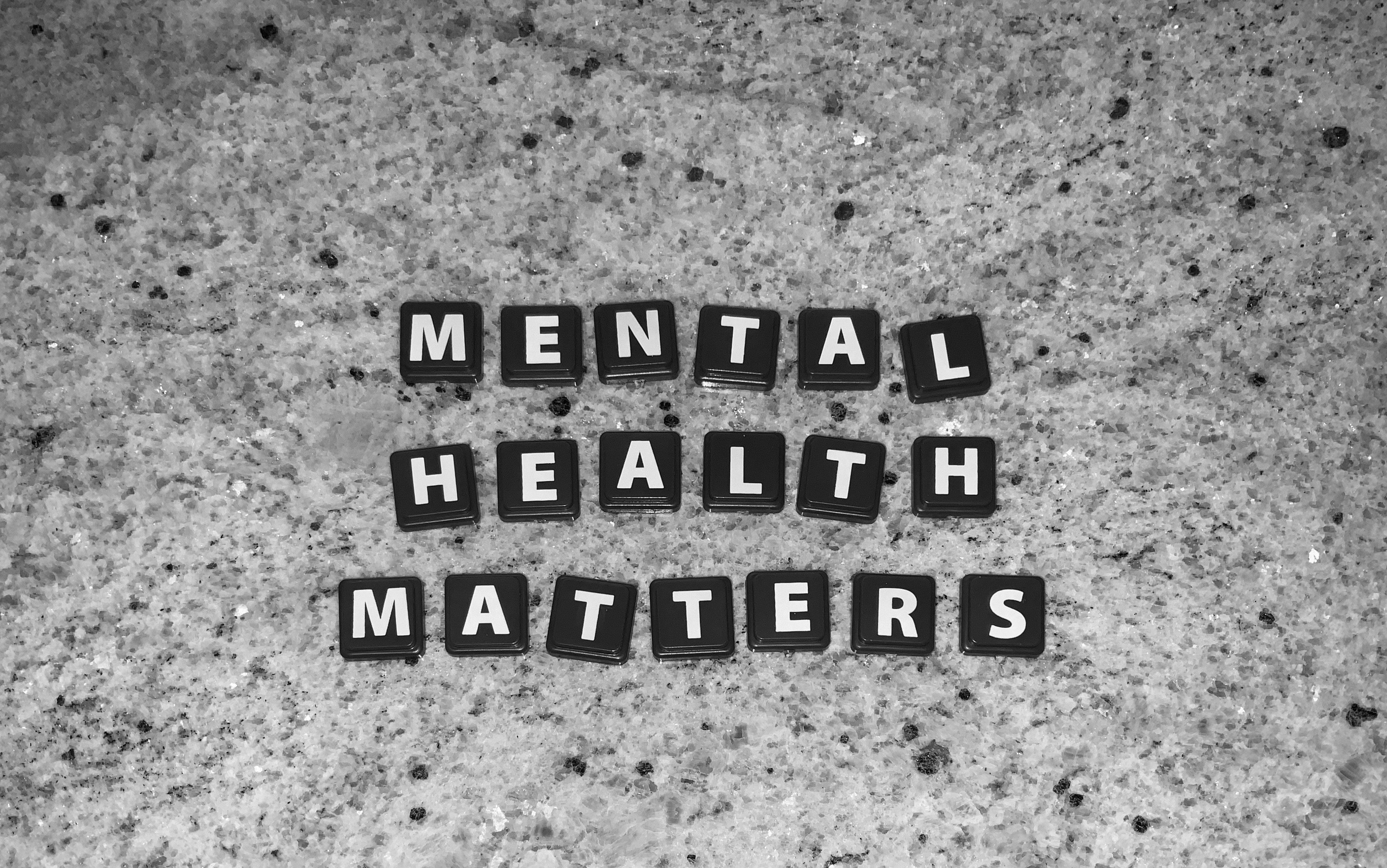Chronesthesia: Harnessing Mental Time Travel for Enhanced Well-being
Time perception plays a crucial role in our daily lives, influencing decision-making, memory formation, and overall mental health. But what if we could consciously manipulate our sense of time to improve our well-being? Enter chronesthesia, a fascinating cognitive phenomenon that allows us to mentally travel through time. This article delves into the science behind chronesthesia and explores its potential applications in enhancing mental health, personal growth, and overall life satisfaction.

The Science of Chronesthesia
Chronesthesia, also known as mental time travel, refers to the human ability to consciously project oneself backward in time to relive past experiences or forward to anticipate future events. This cognitive process involves complex neural networks, primarily in the prefrontal cortex and hippocampus, regions associated with memory, planning, and self-awareness.
Research in cognitive neuroscience has shown that chronesthesia is not merely a passive recollection or imagination but an active reconstruction of experiences. When we engage in mental time travel, our brains simulate the sensory and emotional aspects of events, creating a vivid internal representation of past or future scenarios.
Chronesthesia and Emotional Regulation
One of the most promising applications of chronesthesia in health and wellness is its potential for emotional regulation. By consciously engaging in mental time travel, individuals can gain perspective on current emotional states and develop more adaptive responses to stress.
For instance, when faced with a challenging situation, one can mentally travel to a past success, rekindling the positive emotions and self-belief associated with that experience. This practice can boost confidence and resilience in the present moment. Similarly, projecting oneself into a positive future scenario can generate hope and motivation, countering feelings of anxiety or depression.
Enhancing Decision-Making Through Temporal Perspective
Chronesthesia plays a crucial role in decision-making by allowing us to simulate potential outcomes of our choices. By mentally exploring different future scenarios, we can make more informed decisions aligned with our long-term goals and values.
This temporal perspective can be particularly beneficial in health-related decisions. For example, when contemplating lifestyle changes, such as adopting a new exercise routine or quitting smoking, individuals can use mental time travel to vividly imagine the positive future outcomes of these choices, reinforcing their commitment to healthier behaviors.
Chronesthesia as a Tool for Personal Growth
Mental time travel can be a powerful catalyst for personal growth and self-improvement. By revisiting past experiences with a fresh perspective, we can extract valuable lessons, reframe negative events, and cultivate self-compassion.
Moreover, chronesthesia enables us to construct detailed visions of our ideal future selves. This practice, often used in goal-setting and visualization techniques, can enhance motivation and guide personal development efforts. By regularly engaging in positive future-oriented mental time travel, individuals can align their present actions with their aspirations, fostering a sense of purpose and direction.
The Therapeutic Potential of Guided Chronesthesia
Emerging research suggests that guided chronesthesia exercises may have therapeutic applications in mental health treatment. Therapists are exploring ways to incorporate mental time travel techniques into cognitive-behavioral therapy (CBT) and mindfulness-based interventions.
For individuals struggling with anxiety disorders, guided chronesthesia can help challenge and reframe catastrophic future projections. By mentally exploring more realistic and positive outcomes, patients can reduce anxiety and develop more balanced perspectives on future events.
In the treatment of depression, therapists may use chronesthesia to help patients reconnect with positive past experiences and construct hopeful future narratives, countering the negative bias often associated with depressive disorders.
Harnessing the Power of Mental Time Travel
-
Practice daily future visualization: Spend 5-10 minutes each day imagining positive future scenarios in vivid detail.
-
Create a mental timeline: Visualize your life as a timeline, identifying key positive experiences from the past and milestones you hope to achieve in the future.
-
Use chronesthesia for problem-solving: When faced with a challenge, mentally travel to a time when you successfully overcame a similar obstacle.
-
Engage in gratitude time travel: Regularly revisit moments of joy and gratitude from your past to boost present mood and well-being.
-
Explore alternate past scenarios: Mentally revisit past decisions, imagining different choices to gain new perspectives and insights.
As we continue to unravel the complexities of human cognition, chronesthesia emerges as a fascinating frontier in the quest for enhanced well-being. By learning to consciously navigate our mental timelines, we can gain valuable insights, regulate emotions more effectively, and shape our present experiences in profound ways. The ability to transcend the constraints of linear time through mental time travel offers exciting possibilities for personal growth, emotional resilience, and overall life satisfaction. As research in this field progresses, we may soon see more structured applications of chronesthesia in therapeutic settings and wellness practices, opening new pathways to holistic health and self-improvement.





